Time Travel in Data Engineering: Mastering Temporal Tables for Audits, Reproducibility, and GDPR Compliance
Good data engineering isn’t just about pipelines—it’s about ensuring the right data reaches the right people at the right time to drive real impact. /AK/
How to Turn Your Data Platform into a Time Machine—Without Doubling Costs
Imagine this: A critical dashboard breaks overnight. Your CEO asks, “What changed?” Instead of panic, you calmly rewind the dataset to yesterday’s state, pinpoint the faulty transformation, and fix it before the morning coffee cools.
This is the power of temporal tables—a game-changer for audits, debugging, and compliance. Let’s explore how tools like Snowflake’s TIME TRAVEL and Delta Lake’s VERSIONING let you bend time in your data pipelines, all while keeping storage costs in check.
Why Time Travel Matters More Than Ever
Data isn’t static. It evolves through updates, deletions, and pipeline changes. Traditional architectures treat data as a snapshot in time, creating headaches like:
– Debugging Nightmares: “Why did last month’s revenue report change?”
– Compliance Risks: GDPR’s “right to erasure” requires deleting user data without destroying audit trails.
– ML Model Drift: Training models on data that no longer matches production.
Temporal tables solve these by preserving every version of your data, intelligently and cost-effectively.
How Temporal Tables Work: Under the Hood
1. Snowflake’s TIME TRAVEL
Snowflake automatically tracks changes to tables, enabling queries against historical data for up to 90 days (configurable).
Key Mechanics:
– Fail-Safe Backups: After TIME TRAVEL expires, data enters a 7-day fail-safe period (not queryable).
– Storage Efficiency: Only stores deltas (changes), not full copies.
– Zero Configuration: Enabled by default—no extra code.
Example: Rewind a Table to Yesterday
CREATE TABLE sales CLONE sales AT(TIMESTAMP => '2024-05-15 08:00:00'::TIMESTAMP);
-- Or query directly:
SELECT * FROM sales AT(TIMESTAMP => '2024-05-15 08:00:00'); 2. Delta Lake’s VERSIONING
Delta Lake (Databricks, Apache Spark) uses transaction logs to track changes.
Key Mechanics:
– Transaction Log: JSON files (_delta_log) record every insert, update, or delete.
– Time Travel via Version Numbers or Timestamps:
SELECT * FROM delta.`/data/sales` VERSION AS OF 12;
-- Or
SELECT * FROM delta.`/data/sales` TIMESTAMP AS OF '2024-05-15'; – Vacuum Command: Manually delete old versions to manage storage.
Real-World Use Cases: Beyond the Basics
1. Audits Made Effortless
Problem: A bank needs to prove to regulators that customer balances on 2023-12-31 matched their records.
Solution:
-- Snowflake
SELECT * FROM accounts AT(TIMESTAMP => '2023-12-31 23:59:59');
-- Delta Lake
RESTORE TABLE accounts TO VERSION AS OF 45; 2. Debugging Pipeline Disasters
Problem: A faulty dbt model corrupts your core users table.
Solution:
-- Snowflake
CREATE TABLE users_recovered CLONE users BEFORE(STATEMENT => '8e5d4d9c-1234-5678-...');
-- Delta Lake
DESCRIBE HISTORY users; -- Find the last good version
RESTORE TABLE users TO VERSION AS OF 22; 3. GDPR Compliance Without Data Amnesia
Problem: A user requests data deletion, but you need to retain historical sales records.
Solution:
– Step 1: Delete the user’s PII from the current table.
– Step 2: Use time travel to retain pre-deletion versions for legal/analytical purposes.
-- Snowflake: Keep data for 30 days post-deletion
ALTER TABLE users SET DATA_RETENTION_TIME_IN_DAYS = 30; Cost Control: Avoiding Time Travel’s Hidden Traps
While powerful, temporal tables can bloat storage if mismanaged.
1. Snowflake Cost Optimization
– Shorten Retention: Default is 1 day (up to 90). Adjust per table:
ALTER TABLE users SET DATA_RETENTION_TIME_IN_DAYS = 7; – Monitor Usage:
SELECT * FROM TABLE(INFORMATION_SCHEMA.TABLE_STORAGE_METRICS); 2. Delta Lake Optimization
– Vacuum Old Versions:
VACUUM delta.`/data/sales` RETAIN 168 HOURS; -- Keep 7 days – Auto-Optimize: Compact small files to reduce metadata overhead.
The Dark Side of Time Travel
1. Storage Surprises:
– Snowflake’s fail-safe period isn’t free.
– Delta Lake’s VACUUM permanently deletes data—test first!
2. Performance Hits:
– Querying historical data can be slower. Cluster tables by date for faster time travel.
Your Action Plan
1. Enable Time Travel:
– Snowflake: It’s on by default.
– Delta Lake: Use delta.enableChangeDataFeed = true for advanced tracking.
2. Implement Retention Policies: Automate cleanup:
-- Snowflake
ALTER TABLE users SET DATA_RETENTION_TIME_IN_DAYS = 30;
-- Delta Lake (Databricks)
SET spark.databricks.delta.properties.defaults.retentionDuration = '30 days';3. Educate Your Team: Document how/when to use time travel to avoid misuse.
Final Thought
Temporal tables transform your data platform into a living timeline—a single source of truth across past, present, and future. By mastering them, you’re not just solving today’s problems; you’re future-proofing your data against tomorrow’s unknowns.
Have you used time travel to debug a disaster or pass an audit? Share your story below!
#DataEngineering #Snowflake #DeltaLake #GDPR #DataGovernance #TechInnovation #DataArchitecture




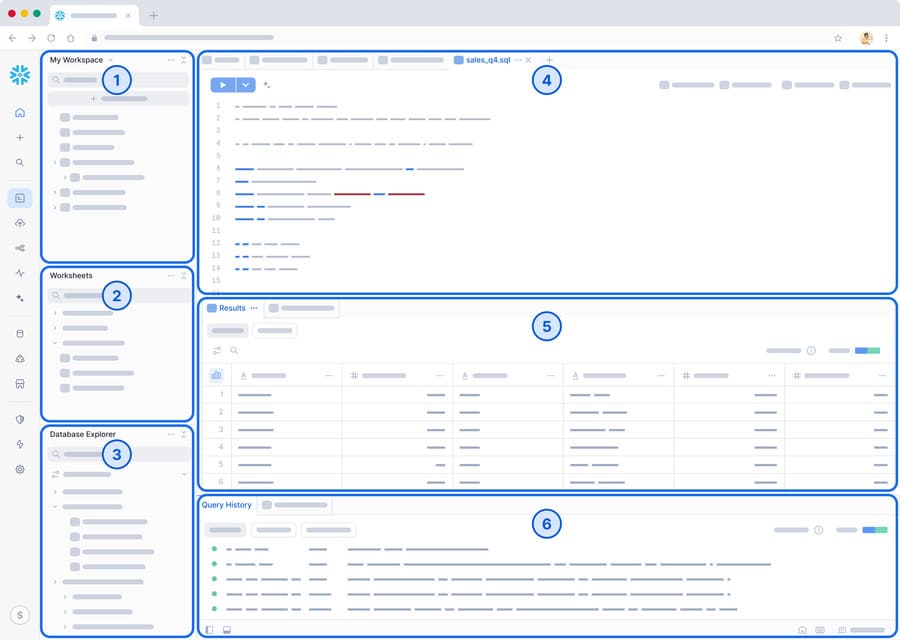

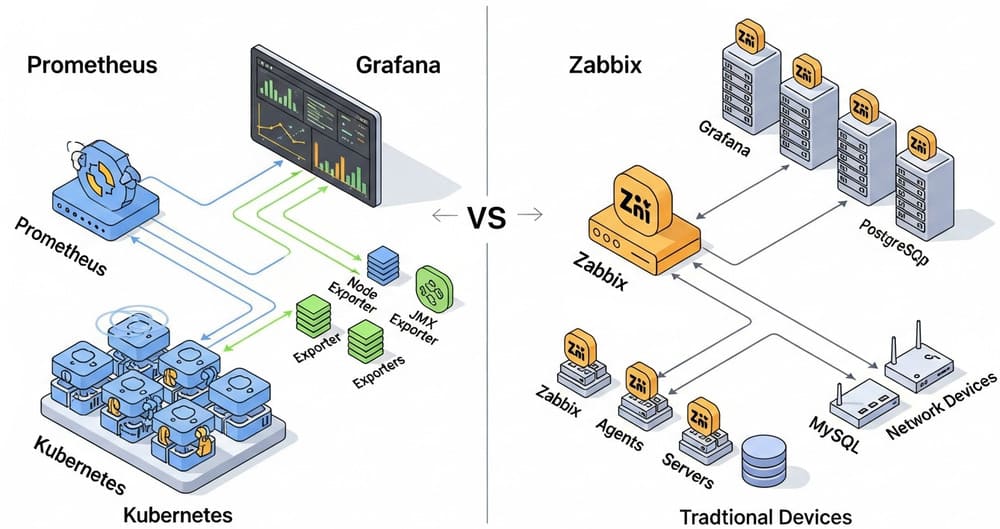
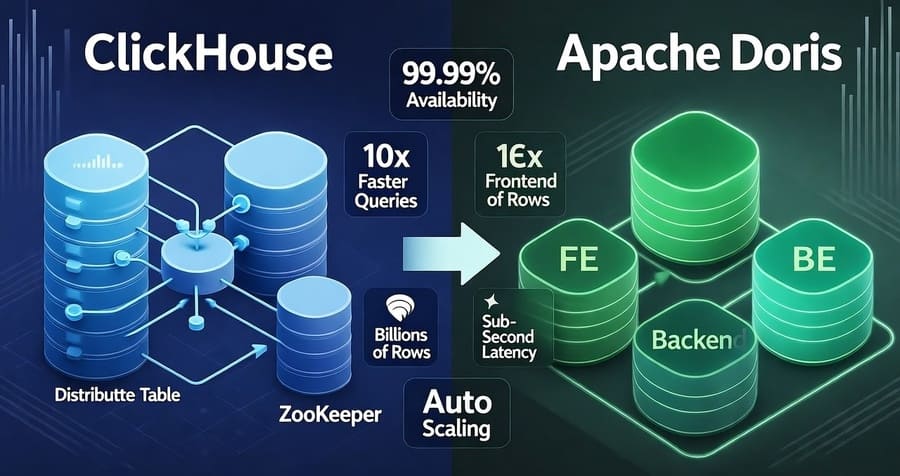
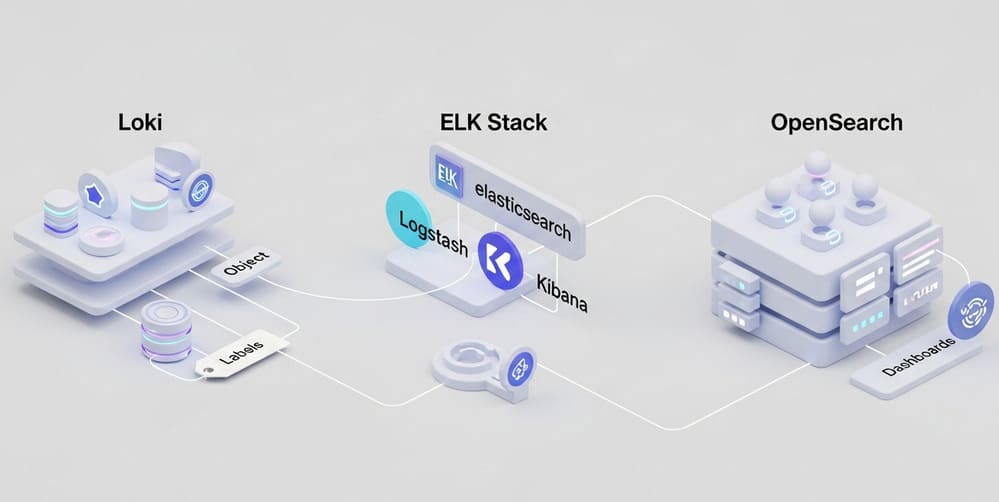
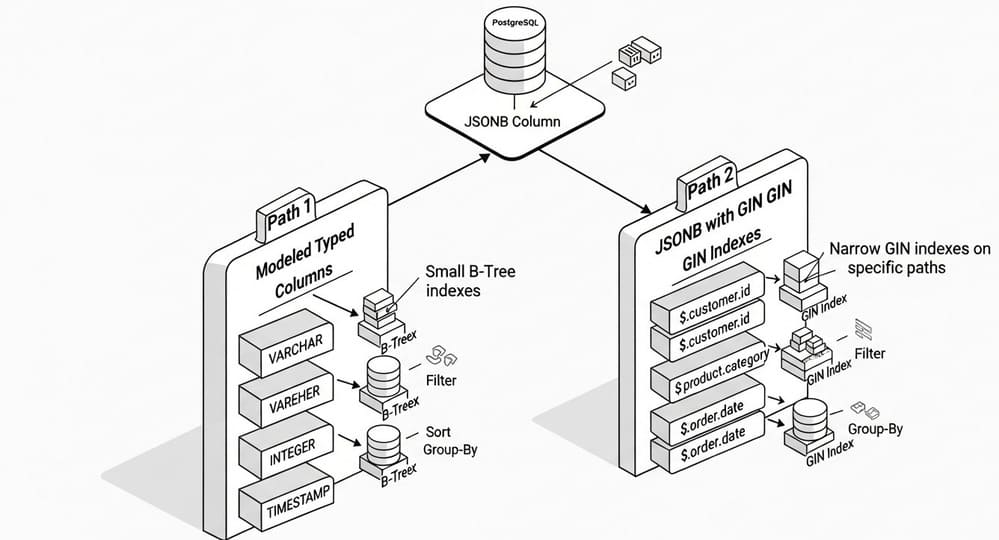
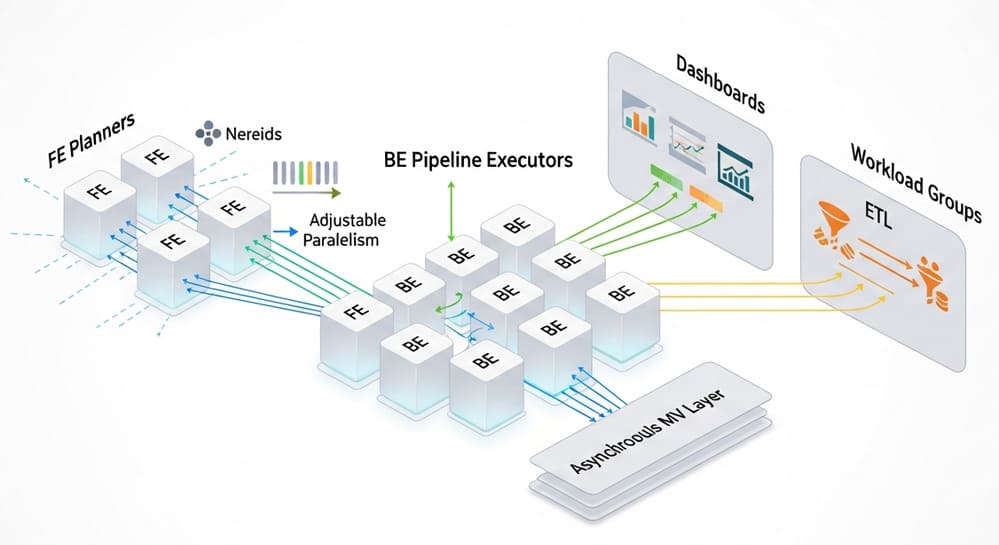



Leave a Reply